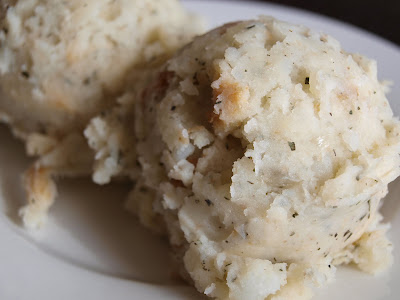 There’s no sugar cookie recipe in the Dutch Oven Cookbook! What up with that Dutch Oven Cookbook? In light of this glaring oversight - we bring you this brief intermission from the Dutch Oven Diaries to present you with this Halloween Special Edition Post!
There’s no sugar cookie recipe in the Dutch Oven Cookbook! What up with that Dutch Oven Cookbook? In light of this glaring oversight - we bring you this brief intermission from the Dutch Oven Diaries to present you with this Halloween Special Edition Post!What is it about a sugar cookie? The SUGAR perhaps? What’s not to like? In all seriousness though, for us, it’s all about the presentation. Peter has great memories of the sugar cookies his Aunt Carolyn would painstakingly paint by hand every Christmas. As a young lad he was mesmerized by the colourful cut-out cookies that were “almost” to pretty to eat. Little individual masterpieces in the shapes of Santa’s, snowmen and Christmas trees were layered with brightly coloured icings. There’s no doubt that Aunt Carolyn’s cookies left a lasting impression on this foodie in training.
Although our methods may be a little different than Peter’s Aunt Carolyn’s, the end result remains the same. A simple cookie is turned into a delicious, whimsical piece of foodie art. As anyone who’s made cookies like this knows, it’s a lot of work and takes a lot of time! However the end results are so worth the effort, especially having the opportunity to share them with the little ones (or big ones) in your life, who receive them with wide eyed excitement.
Here’s how we do it…
Martha Stewart’s Ideal Sugar Cookie Recipe
Royal Icing for Sugar Cookies (also see video on this page for icing technique known as flooding).



 As a wise foodie once said: “C is for Cookie, that’s good enough for me. Arr arr-umm-umm-umm!” – Cookie Monster
As a wise foodie once said: “C is for Cookie, that’s good enough for me. Arr arr-umm-umm-umm!” – Cookie MonsterEnjoy and have fun!
But Beware! Beware of the sugar cookie cramp...similar to tennis elbow or carpel tunnel. After hours of flooding and decorating, your hand is sure to seize up like a narled witches claw. Even at the risk of permenant disfigurement, it is well worth the pain.
 The Dutch Oven Diaries will be on hiatus for a week or so as we’re heading to the Big Apple for some food, fun and adventure! If you’d like to follow our foodie fun in NYC join our facebook page at www.facebook.com/thedodiaries!
The Dutch Oven Diaries will be on hiatus for a week or so as we’re heading to the Big Apple for some food, fun and adventure! If you’d like to follow our foodie fun in NYC join our facebook page at www.facebook.com/thedodiaries!Happy Halloween!















































